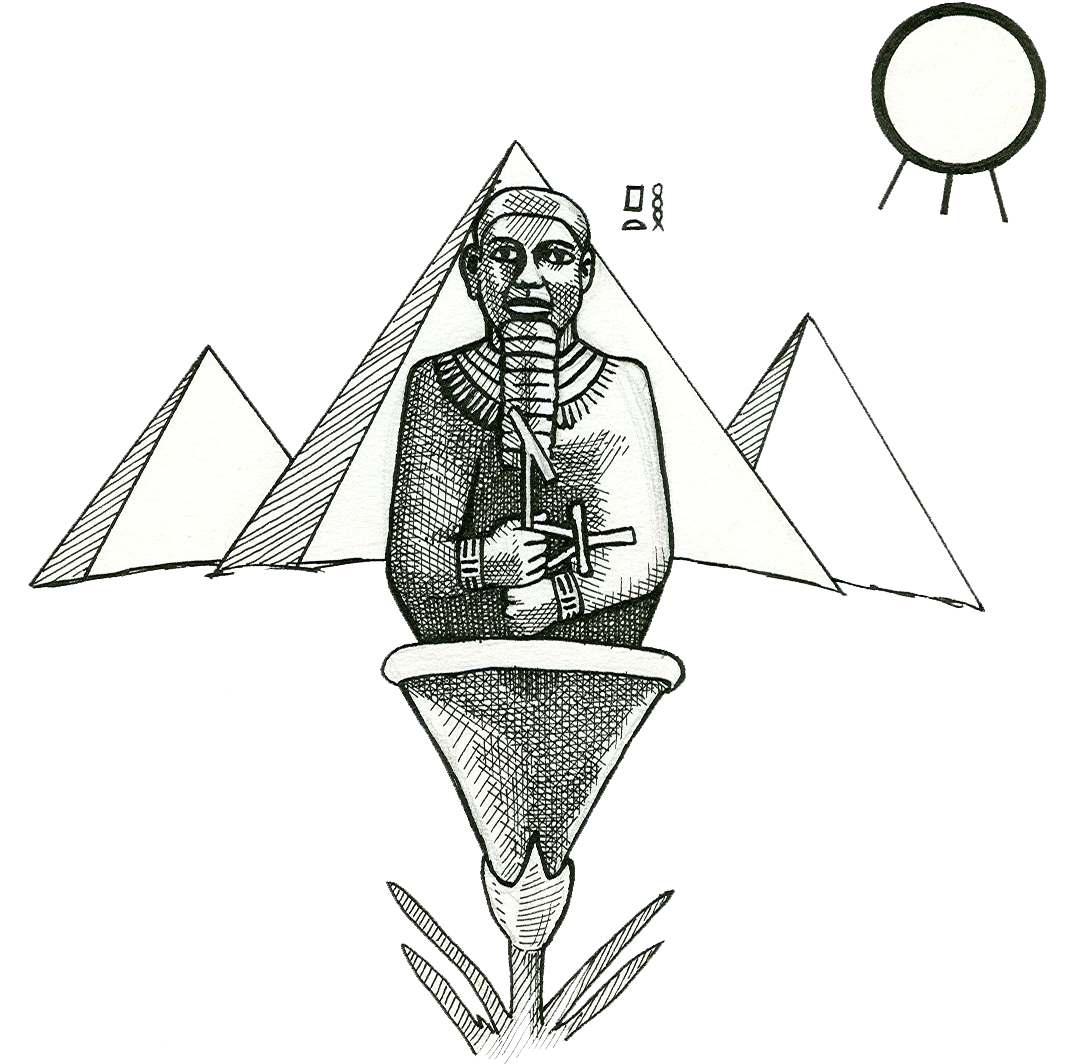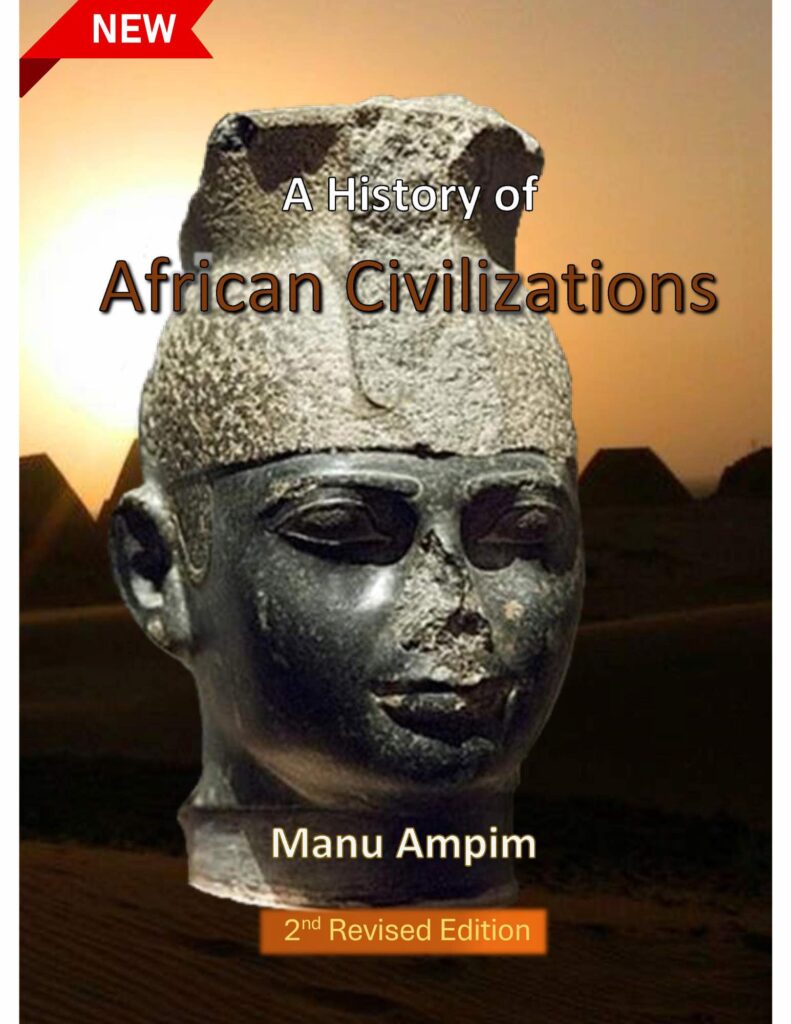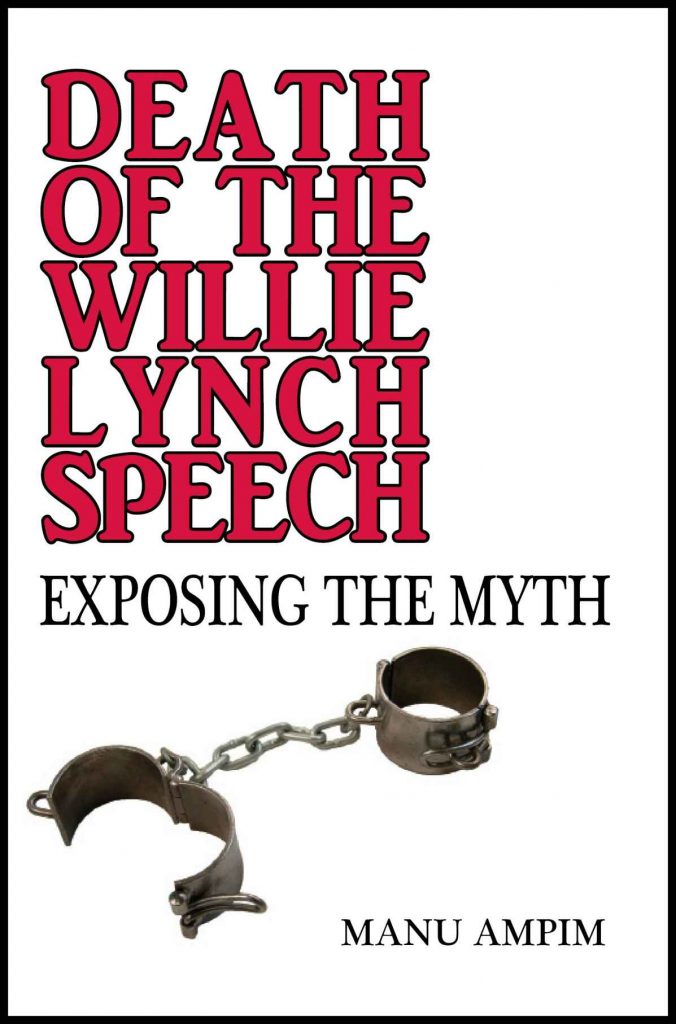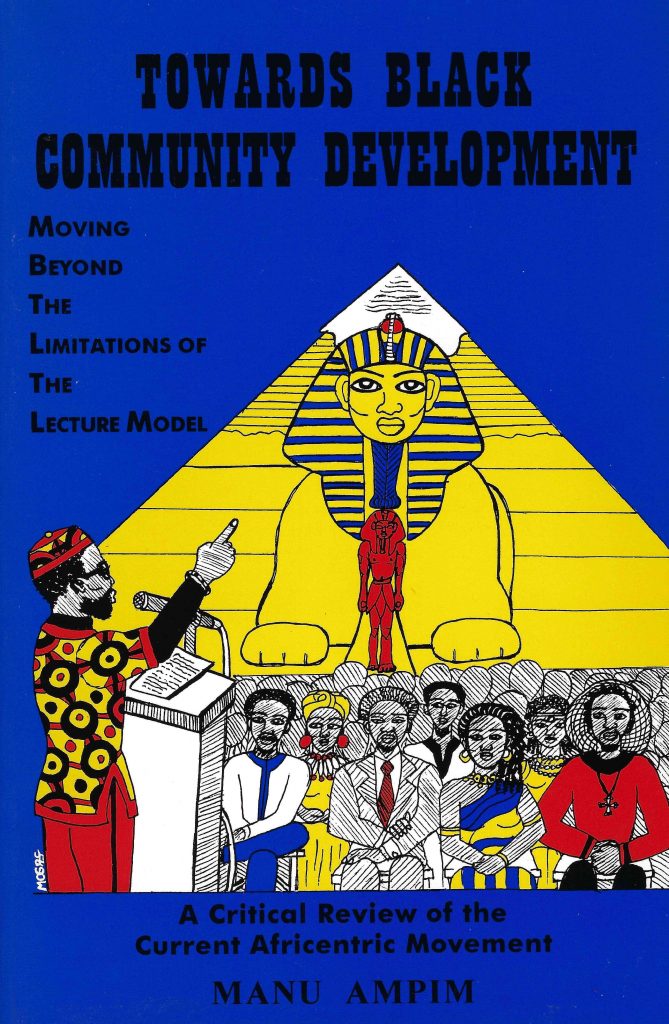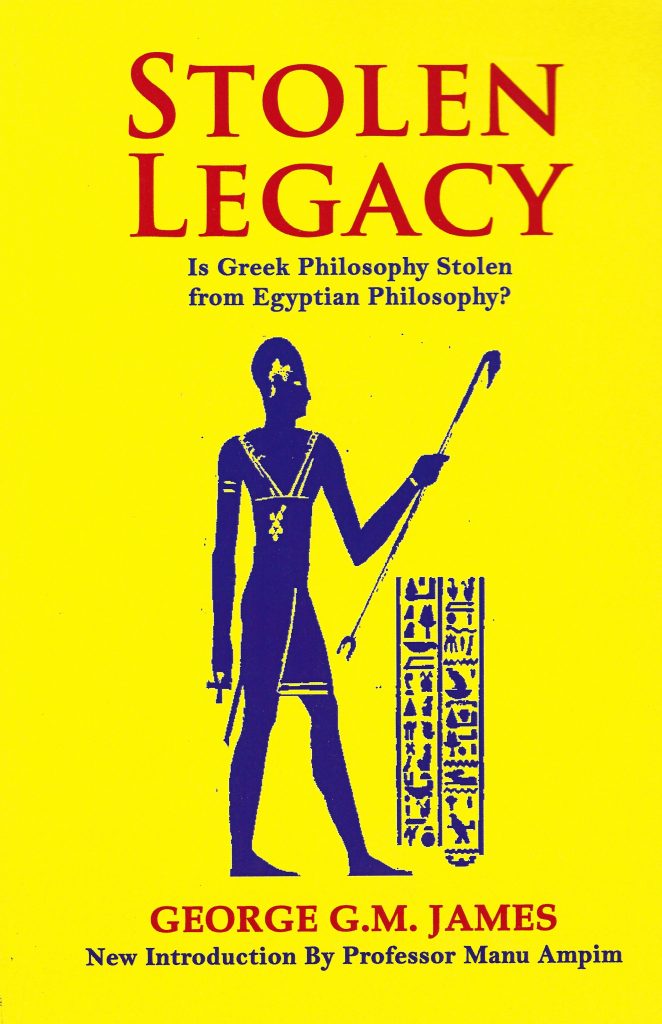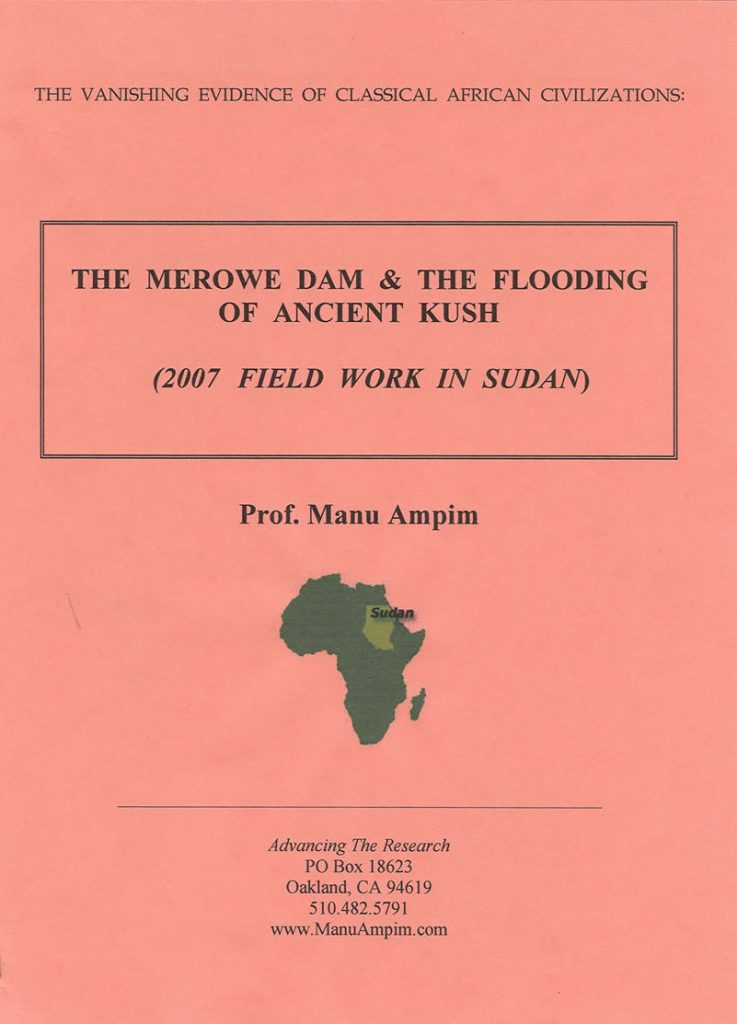PUBLICATIONS
Press Releases
A History of African Civilizations (2023) – Press Release
Essays by Prof. Manu Ampim
- “Ra-Hotep and Nefret: Modern Forgeries in the Cairo Museum?” Egypt: Child of Africa, Edited by Ivan Van Sertima (1994)
- “African Voyeges to the Americas Before Columbus” The SAGE Encyclopedia of African Cultural Heritage in North America. Edited by Mwalimu J. Shujaa and Kenya J. Shujaa
- “Olmec Civilization: Africans in Ancient America” The SAGE Encyclopedia of African Cultural Heritage
-VANISHING EVIDENCE ESSAYS –
Exhibit on Inaccurate Images
The Case of the Merowe Dam in Sudan
(Link being updated)
King Tut Fraud Alert (2005 Update)
(Link being updated)
Racial Identity in Sudan
(Link being updated)
THE VANISHING EVIDENCE OF
CLASSICAL AFRICAN CIVILIZATIONS:“A 2001 Update”
Part 1: Temple Evidence
Part 2: Tomb Evidence
Part 3: Museum Evidence

MALCOLM X & THE 4 PHASES: A GUIDELINE FOR YOUTH
(Article link being updated)
By Prof. Manu Ampim
Malcolm X (1925-1965) is an important U.S. political figure in the mid-20th century, as his life and legacy have received significant international attention. Malcolm X’s political work in the 1950s-1960s has been discussed in countless forums, enacted in plays, written about in numerous essays and books, and shown in a number of movies and documentaries. There have also been many buildings, streets, libraries, community centers, colleges, and even children named after Malcolm. His Autobiography is required reading in a number of high school and college classes in North America and Britain. Although, there has been extraordinary attention on Malcolm X’s political ideas and philosophy, yet the question of how does his life and legacy specifically relate to the development of Black youth has not been effectively addressed. Many Black youth are exposed to crime and drugs, and a large number of them end up as statistics in the juvenile and adult prison system.

GREAT ZIMBABWE: A History Almost Forgotten
(Article link being updated)
By Prof. Manu Ampim, May 2004
MEANING: The name “Zimbabwe” is variously translated from the Shona language to mean “sacred house,” “venerated houses,” “houses of stone,” “ritual seat of the king,” “court,” or “home or grave of the chief.”

The Five Major African Initiation Rites
(Article link being updated)
There are five major African initiation rites which are fundamental to human growth and development. These rites were originally established by African ancestors while they were living in order to link the individual to the community and the community to the broader and more potent spiritual world. Initiation rites are a natural and necessary part of a community, as are arms and legs natural and necessary extension of the human body. These rites are critical to individual and community development, and it should not to be taken for granted that people automatically grow and develop into responsible, community-oriented adults.
By Prof. Manu Ampim, Sept. 2003

A DIFFERENT PERSPECTIVE ON THE NONVIOLENT TRADITION
(Article link being updated)
By Prof. Manu Ampim
Henry David Thoreau, Mohandas K. Gandhi, Dr. Rev. Martin Luther King, Jr.
“I do believe that where there is only a choice between cowardice and violence, I would advise violence. …I took part in the Boer War, the so-called Zulu Rebellion and the late War [WWI}. Hence, also do I advocate training in arms for those who believe in the method of violence. I would rather have India resort to arms in order to defence her honour than that she would, in a cowardly manner, become or remain a helpless witness to her own dishonour.” – Mohandas K. Gandhi

DR. MARTIN LUTHER KING, JR. SUPPORTED BLACK POWER
(Article link being updated)
By Prof. Manu Ampim
There have been consistently glaring omissions by biographers of Martin Luther King concerning his statements embracing Black Power as a concept. The focus usually has been on his statements rejecting Black Power as a slogan, without making the distinction that King himself made between Black Power as a concept and program on the one hand, and the use of the phrase as a slogan on the other.

Why Study African History
(Article link being updated)
By Prof. Manu Ampim
- Self-knowledge is the basis (foundation) of self-identity and self-respect.
- It establishes uniqueness and specialness. For example, Black people were the first people in the world, and gave birth to all other people. They created the first and some of the most profound civilizations in the world. No other races or ethnic groups can make these claims.
- It should answer 3 basic questions: Who are we? Where are we? and What time is it for us?
- It is the source for understanding society and the world. It explains current thought and behavior.
- It is a corrective to myths and lies (e.g. Columbus “discovered” America, or the Greeks “invented” democracy, philosophy, and science).
- It is a source of examples to follow.
- It establishes human capacity, potentials, and possibilities. For example, Black people created pyramids, established the first laws and peaceful societies, organized religions/spiritual systems, created mathematics and advanced medical procedures, etc. 8. It identifies friends and enemies. It distinguishes between family and foe.
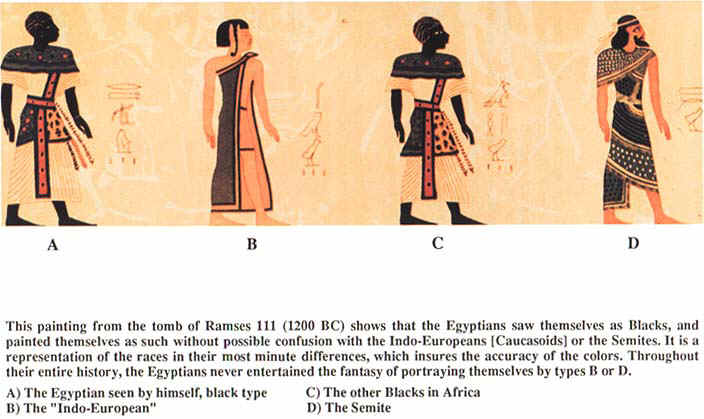
THE “TABLE OF NATIONS” SCENE IN THE TOMB OF RAMSES III
(Article link being updated)
By Prof. Manu Ampim, June 2003
I will make a few points in regards to my first-hand observation and documentation in the 20th dynasty Tomb of Ramses III in the Valley of the Kings (KV, Tomb 11), and the general accuracy of the “Table of Nations” scene reproductions of Egyptologists Richard Lepsius (1840s) and Kurt Sethe, et al. (1913). The texts and images of the “Table of Nations” scene show four nations (or groups) of people, including the ancient Kmtjw (“ancient Egyptians”) who clearly depicted themselves (on the far left of the scene) as jet *black* in skin tone and dressed IDENTICAL to the other jet black African people (the third group from the left) to the south. This rare 20th dynasty (1200 BCE) scene shows that the Egyptians saw themselves as a Black people.
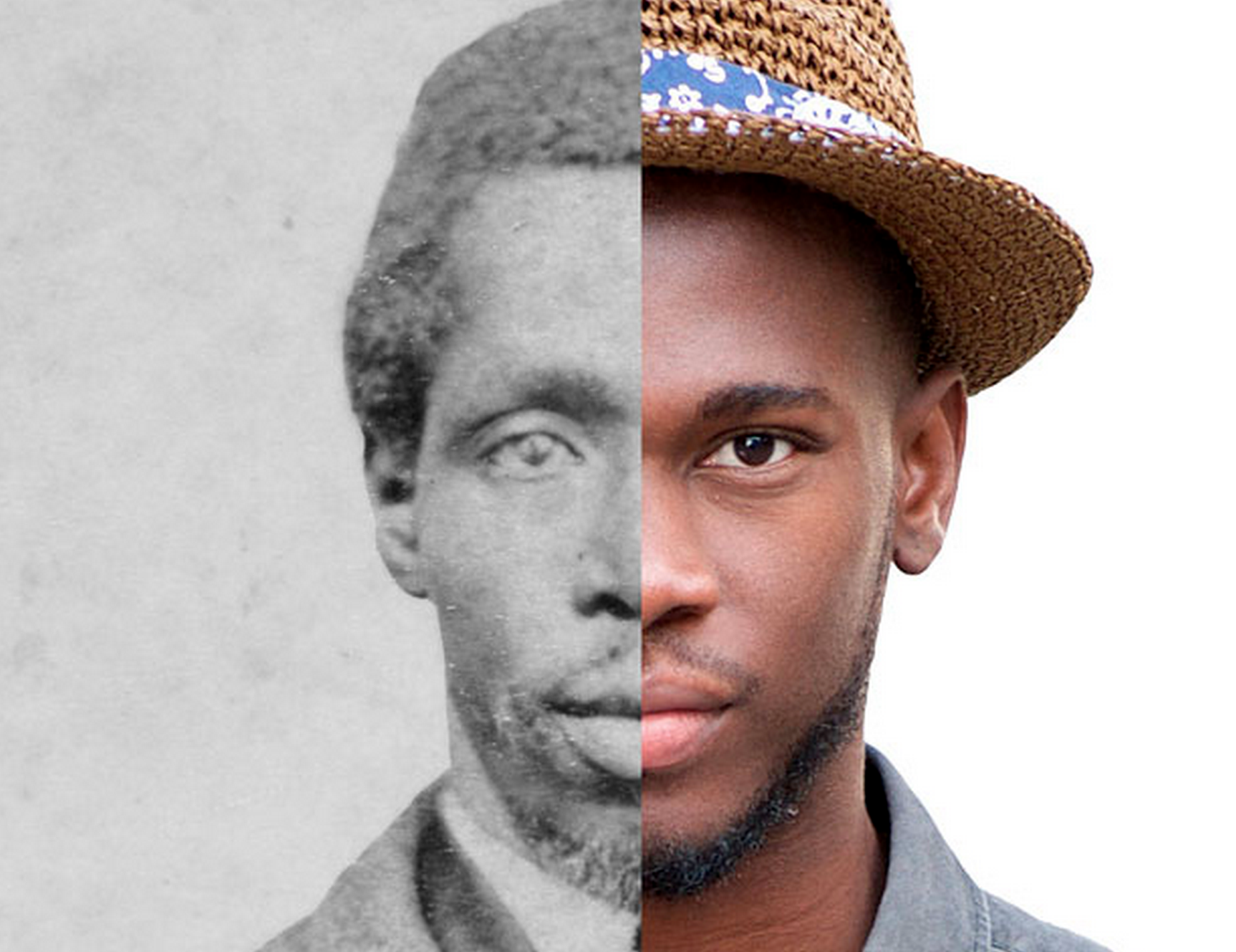
Professor Lectures on African-American Genealogy
(Article link being updated)
By Ana Facio Contreras, Fairfield Daily Republic, April 12, 2002

ROSICRUCIAN MUSEUM FAKES EGYPTIAN HISTORY
(Article link being updated)
Prof. Manu Ampim, Zamani Newspaper, Oakland, CA, Summer 1992
Since 1989 I have conducted research at nearly all of the museums and institutes in the Western World which contain ancient Egyptian artifacts, and it is difficult to find an Egyptian collection which is more misleading and deceptive than the Rosicrucian Egyptian Museum in San Jose, California.

The de Young Museum’s Hatshepsut Exhibit is Misleading
(Article link being updated)
Prof. Manu Ampim
A major exhibit, “Hatshepsut: From Queen to Pharaoh,” was on display at the newly-renovated de Young Museum in San Francisco from October 15, 2005 to February 5, 2006. This important exhibit housed over 300 artifacts from over a dozen museums during the reign of Queen Hatshepsut (1500 BCE), who ruled Egypt during the 18th dynasty. Hatshepsut was the 4th of five women that ruled Egypt during the dynastic period, and records indicate that she may have been the most powerful of these African women.

THE DISCOVERY OF QUEEN HATSHEPSUT’S MUMMY:
FACT OR FICTION?
(Article link being updated)
by Prof. Manu Ampim
*This article focuses on the mindset, imagination, and methodology of Dr. Zahi Hawass in his quest for the discovery of “Queen Hatshepsut,” and other related mummies and tombs.

THE IMPORTANCE OF PRIMARY RESEARCH
(Article link being updated)
by Prof. Manu Ampim
On a daily basis, we have to filter through books, magazines, radio, TV, personal conversations, billboards, emails, letters, etc. Without a reliable filtering and evaluation process it is unlikely that people are able to determine the accuracy of information they receive. This is where learning the tools and techniques of primary research methodology come in. Training in primary (first-hand) research techniques is one of the most important skill sets that a person can learn in the Information Age, otherwise a person is doomed to believing in superstition and the widespread false information that is often promoted.
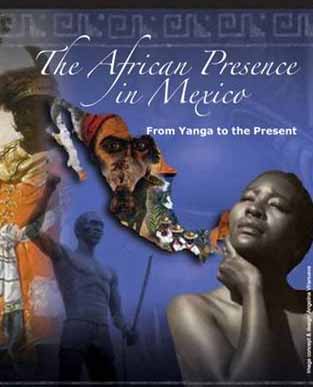

Problems With the Recent Exhibit, “African Presence in Mexico” (Oakland Museum of California)
by Prof. Manu Ampim featured article on SF Bay View
While the exhibit did shed some light on the African presence in Mexico, it grossly omitted the African presence and influence in Mexico for thousands of years, dating back to the period of the Olmec civilization around 1000 BCE. The artifacts and images establishing an African presence in ancient Mexico are definitive and undeniable, and this is documented in the works of Dr. Ivan Van Sertima and other scholars. The exhibit should be rated a C- or D+ because of this profound omission of Africans in the Mexico region before Christ.
